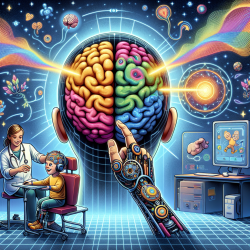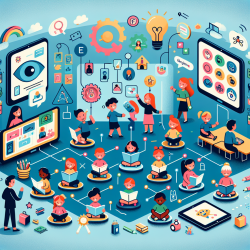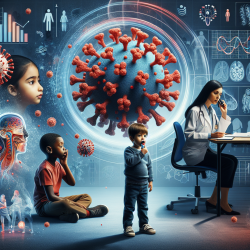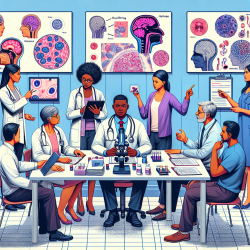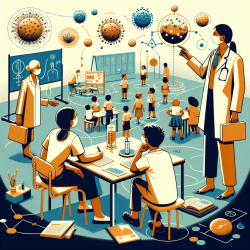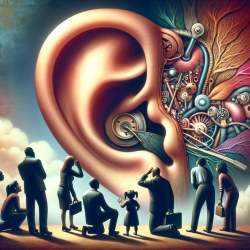The recent study on brain lateralization in children with upper-limb reduction deficiency (ULD) provides significant insights that can be directly applied to online therapy practices. The research, published in the Journal of NeuroEngineering and Rehabilitation, explores how the use of upper-limb prostheses influences brain activity and dexterity in children with ULD. This blog post will delve into the key findings of the study and suggest practical ways for therapists to incorporate these insights into their practice.
Understanding Brain Lateralization in ULD
The study involved five children with ULD and five typically developing (TD) children. Both groups performed a gross manual dexterity task while their brain activity was measured using functional near-infrared spectroscopy (fNIRS). The key finding was that children with ULD exhibited significant activation in the ipsilateral motor cortex (the same side as the affected limb) when using a prosthesis, unlike the TD children who showed contralateral (opposite side) activation.
Implications for Online Therapy
Understanding these neural mechanisms can help therapists develop more effective intervention strategies. Here are some practical applications:
- Customizing Therapy Plans: Given the ipsilateral activation in children with ULD, therapists can design activities that stimulate both hemispheres of the brain. This could involve bilateral tasks that require coordination between both hands.
- Early Intervention: The study suggests that early use of prostheses can lead to better integration into the sensory and motor systems. Early intervention programs can focus on fitting children with prostheses as soon as possible to leverage this critical period of brain plasticity.
- Prosthetic Simulators: Using prosthetic simulators in therapy sessions can help children familiarize themselves with the device, potentially reducing rejection rates. This approach can be particularly beneficial in online therapy, where hands-on fitting is not possible.
- Cross-Education: The concept of cross-education, where training the non-affected limb enhances the performance of the affected limb, can be incorporated into therapy sessions. This can be achieved through virtual exercises that focus on the non-affected side.
Encouraging Further Research
While the study provides valuable insights, it also highlights the need for further research. Therapists are encouraged to stay updated with ongoing studies and consider participating in research initiatives. This will not only enhance their practice but also contribute to the broader understanding of ULD and its treatment.
To read the original research paper, please follow this link: Brain lateralization in children with upper-limb reduction deficiency.
